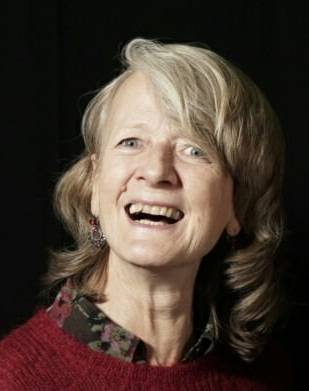Cited By
View all- Oralbayeva NAly ASandygulova ABelpaeme T(2023)Data-driven Communicative Behaviour Generation: A SurveyACM Transactions on Human-Robot Interaction10.1145/360923513:1(1-39)Online publication date: 16-Aug-2023
- Janssoone TZhang ZCohen PBohus DHoraud RMeng H(2015)Temporal Association Rules for Modelling Multimodal Social SignalsProceedings of the 2015 ACM on International Conference on Multimodal Interaction10.1145/2818346.2823305(575-579)Online publication date: 9-Nov-2015
- Ding YPrepin KHuang JPelachaud CArtières TBazzan AHuhns MLomuscio AScerri P(2014)Laughter animation synthesisProceedings of the 2014 international conference on Autonomous agents and multi-agent systems10.5555/2615731.2615856(773-780)Online publication date: 5-May-2014


